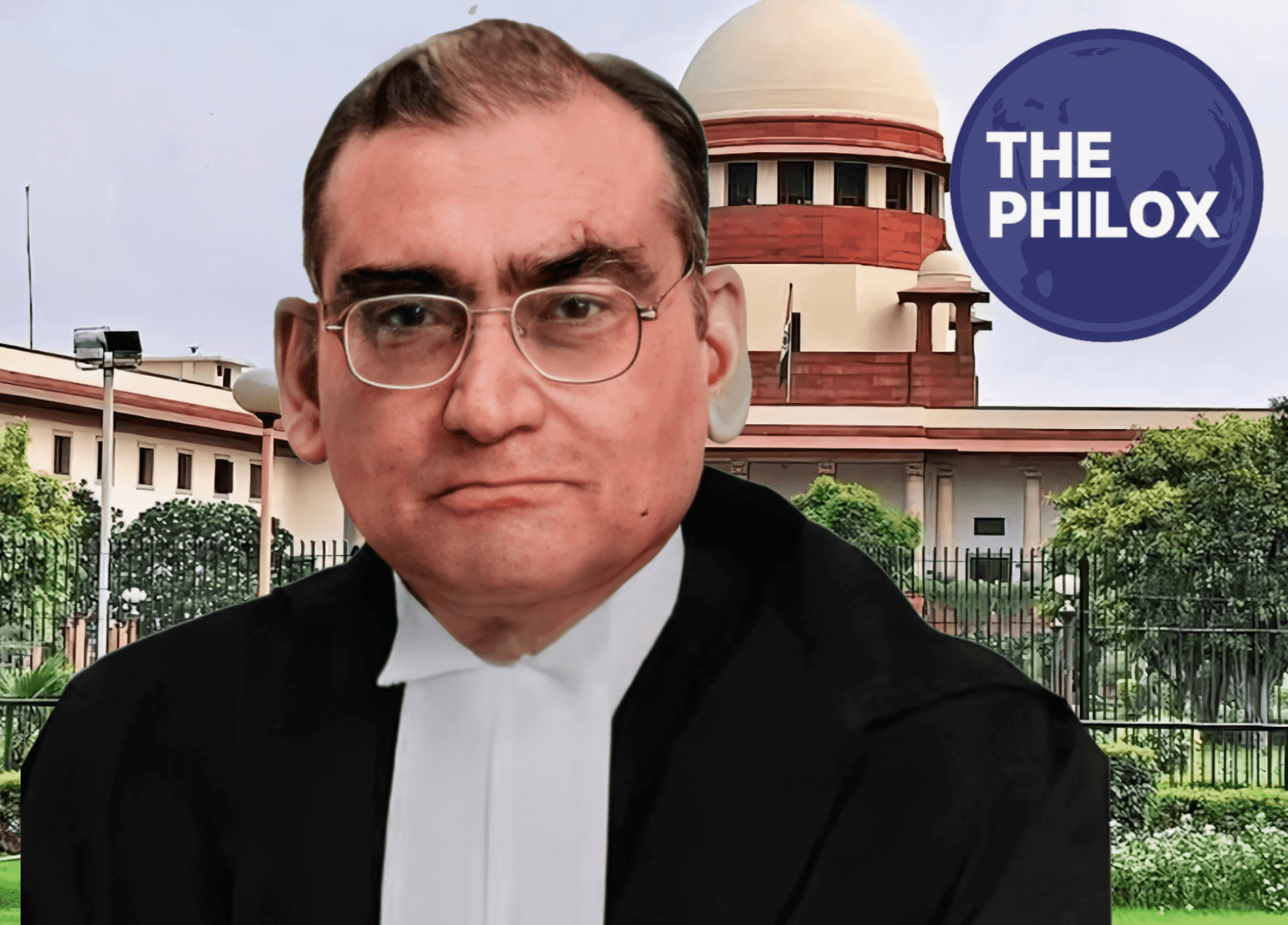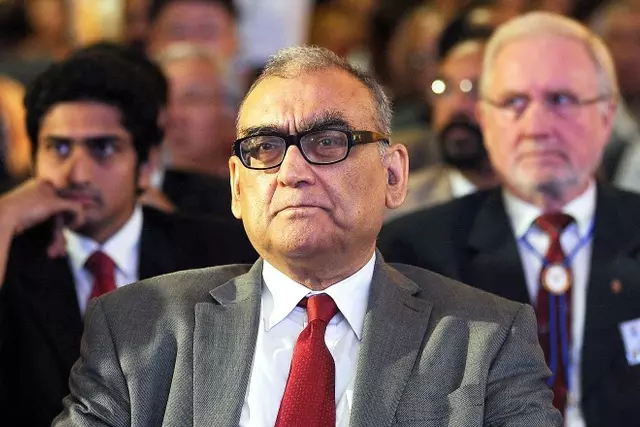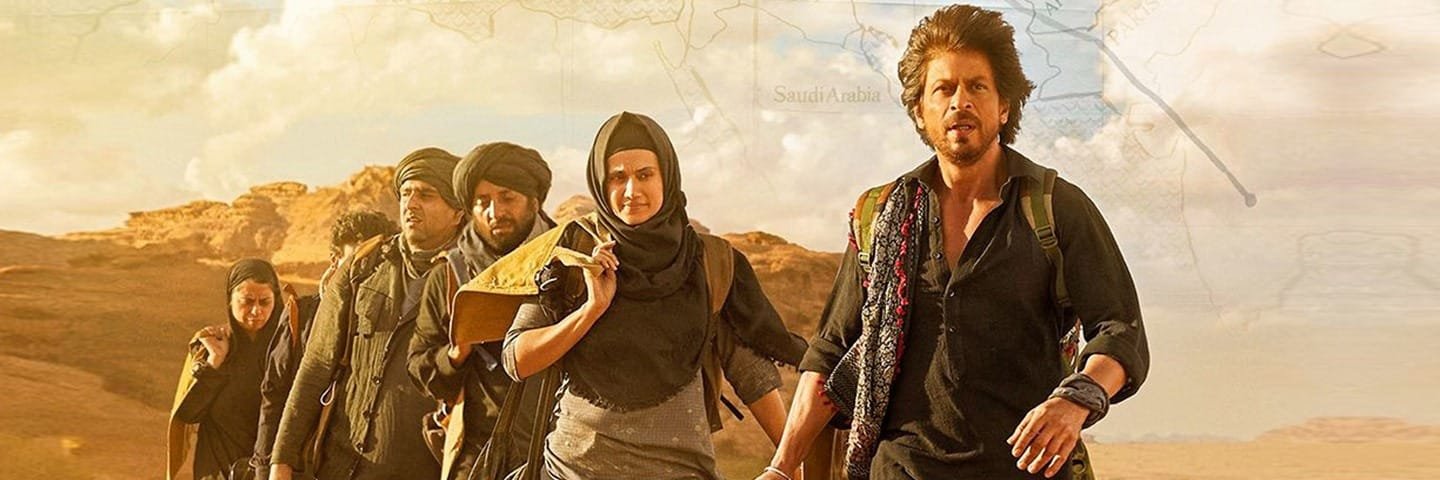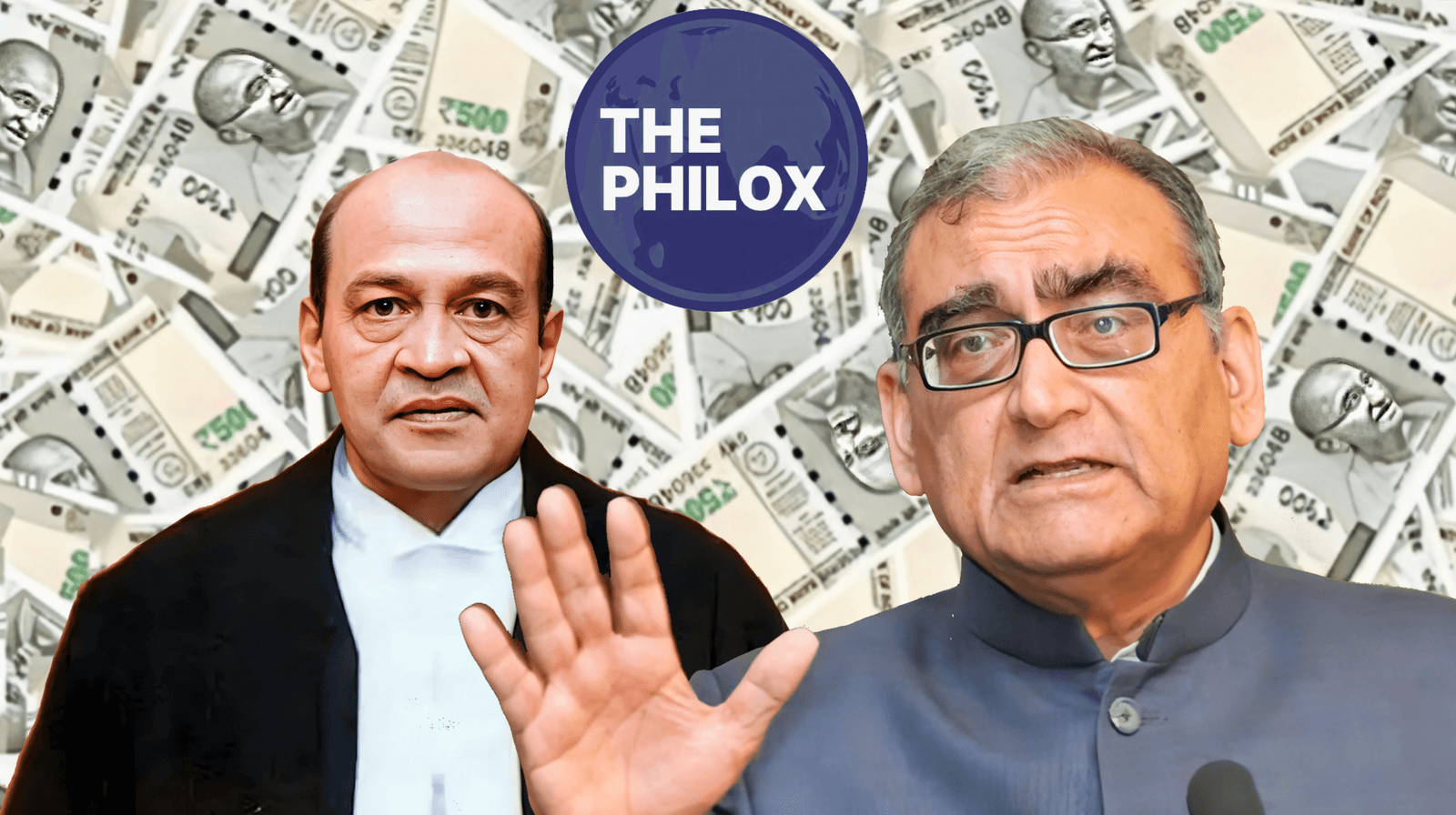Justice Katju
The Role and Art and Literature
By Justice Katju
I have mentioned in several articles that our national aim must be to transform India ( in which term I include Pakistan and Bangladesh, for we are really one country only temporarily and artificially divided by a British swindle in 1947 on the basis of the bogus two nation theory, but are sure to reunite one day under a secular govt ) into a modern industrial giant, with its people enjoying a high standard of living and leading decent lives.
I have also mentioned that this goal can be achieved only after a mighty united protracted people’s struggle ( jan sangharsh ) led by patriotic modern minded leaders, culminating in a historical people’s revolution ( jan kranti ).
The role of art and literature will be crucial in this forthcoming people’s struggle, as it will be needed to highlight great social evils and inspire the people to fight them by performing heroic deeds even at the risk of their lives.
For instance, the song ‘ Sarfaroshi ki tamanna ab hamaare dil mein hai ‘ by the great revolutionary writer Ram Prasad Bismil inspired people in the Indian Independence struggle, just as the song ‘La Marseilaise’ by Rouget de Lisle became the battle anthem of the French Revolution of 1789, and the novel ‘Mother’ and the poem ‘The Song of the Stormy Petrel’ by the great Russian writer Maxim Gorky inspired Lenin and other revolutionaries in the Russian Revolution of 1917.
https://countercurrents.org/2025/03/the-song-of-the-stormy-petrel
There are broadly two theories about art and literature. The first is called ‘art for art’s sake’ and the second is called ‘art for social purpose’.
According to the first theory, art and literature are only meant to create beautiful or entertaining works to please and entertain people and artists themselves, and they are not meant to propagate social ideas. If art and literature is used for propagating social ideas it ceases to be art and becomes propaganda. Proponents of this view are Shakespeare, Keats, Tennyson, Ezra Pound and T.S. Eliot in English literature, Edgar Allan Poe in American literature, Agyeya and the ‘Reetikal’ and ‘Chayavadi’ Poets in Hindi literature, Jigar Moradabadi in Urdu literature and Tagore in Bengali literature.
The other theory is that art and literature should serve the people, and help them in their struggle for a better life, by arousing the people’s anger against social evils, oppression and injustice, and increasing their sensitivity regarding the people’s sufferings. Proponents of this school are Dickens and George Bernard Shaw in English literature, Walt Whitman, Mark Twain, Harriet Beacher Stowe, Upton Sinclair and John Steinbeck in American literature, Balzac, Stendhal, Flaubert and Victor Hugo in French, Goethe, Schiller and Erich Maria Remarque in German, Cervantes in Spanish, Tolstoy, Gogol, Dostoevsky and Gorki in Russian, Premchand and Kabir in Hindi, Sharat Chandra Chattopadhyaya and Kazi Nazrul Islam in Bengali, Nazir, Faiz, Josh and Manto in Urdu. and the Bhaktikaal poets in Hindi literature.
Which of these two theories should be adopted and followed by artists and writers in India today? In my opinion it can only be the second theory i.e. art for social purpose, as we have to wage a mighty historical people’s struggle against the great social, economic, and political evils prevalent in India today. Art for arts sake only amounts to escapism.
I have written several articles and given many video interviews explaining this, which are given below :
http://justicekatju.blogspot.com/2012/02/role-of-art-literature-and-media.html
India needs its Voltaire, Rousseau, Maxim Gorky and Faiz Ahmed Faiz of today for waging the forthcoming people’s struggle




